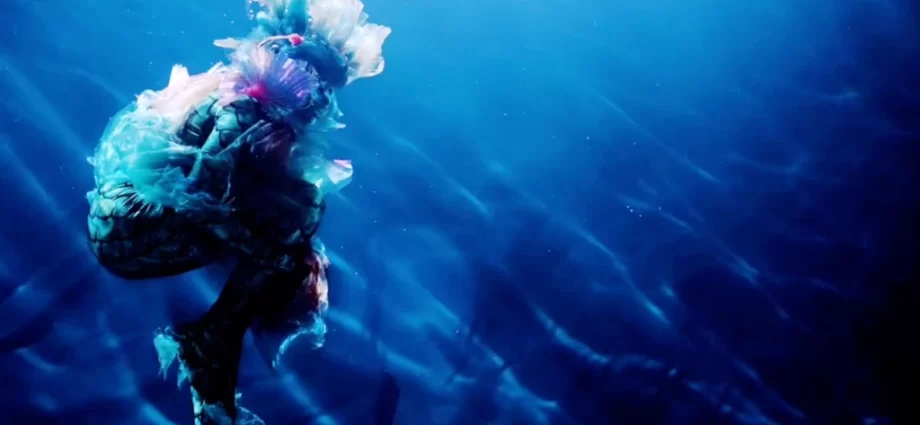What if the Caribbean weren’t just a chain of islands but a constellation of spirits and cosmology, alive with ancestral murmurs and elemental memory? In Oonya Kempadoo’s 2024 speculative novel Naniki, the sea isn’t the backdrop. It’s bloodline. The sky isn’t scenery. It’s breath. The story opens not with a hero’s call, but with a pulse, with a deep, watery rhythm (literally) that echoes the collective memory of the Caribbean diaspora. It’s a tale where the future isn’t a distant place but a layered present, shaped by myth, colonial wreckage, ecological trauma, and the enduring whispers of the First People.
Amana and Skelele are shape-shifting elemental beings born of sea and air, carrying the DNA of the Taino and the African, intertwined. Their journey is archipelagic: not just a literal voyage across islands but a metaphysical return to ancestral knowledge. With naniki, animal avatars embody their active spirits as they move through a Caribbean fractured by climate collapse, deforestation, and synthetic luxury. Domed resorts glisten like glass prisons. Oil-choked waters coil around dead coral reefs. Each island they visit wears the scars of adaptation, survival, and…sometimes…surrender.
And yet, there is magic.
“As the sea mirrors the light from the blue skies, and its depths are exposed by daggers of sunlight, so too Naniki reveals and honours the Indigenous roots of the Caribbean.”
It’s easy to forget, amidst the sands of tourist brochures and postcolonial architecture, that the Caribbean is older than colonization. Naniki reminds us that before the slave ships, before the plantations, there were peoples who read the stars and knew the tides. The Taino. The Kalinago. And though their histories were buried beneath imperial rubble, they were never fully erased. This novel is a resurrection.

But Kempadoo doesn’t romanticize the past. She sharpens it. Interwoven with the reverence for Taino heritage is a raw acknowledgment of the African ancestors, displaced and dismembered by the brutality of the transatlantic slave trade. In Naniki, these lineages are not competing narratives but braided legacies. Amana and Skelele are tasked not just with remembering but with reconciling. Love distracts them, but love, too, is a kind of resistance. A way to stitch together broken timelines.
“How can they navigate and overcome these obstacles to regenerate themselves, their love, their islands and their seas?”
That question sits at the heart of the novel. And it’s not just rhetorical. It’s the question that echoes across the Caribbean diaspora. Because Naniki is not just a story, it’s a mirror. One that reflects how deeply speculative fiction can speak to real-world problems. Climate change, cultural erasure, and capitalist decay, Kempadoo wraps these issues not in didacticism but in allegory. It’s eco-fiction dressed in folklore. Anthropocene theory refracted through ancestral lore.
The future Kempadoo imagines is not clean-cut or utopic. It’s messy, like migration. Murky, like mangroves. And yet, it pulses with possibility. As Amana and Skelele dive into oceans choked with microplastics and climb mountains hollowed by mining, they also rediscover ways of knowing, indigenous, intuitive, and intergenerational.
This is Caribbean futurism at its most potent: unapologetically rooted, wildly imaginative, and deeply political.
Because in a world that’s forgotten how to listen to land and water, Naniki teaches us to hear again.
What the readers say: “This novel is a resurrection.”
The sea, as always, knows more than it says. And so does Kempadoo.

